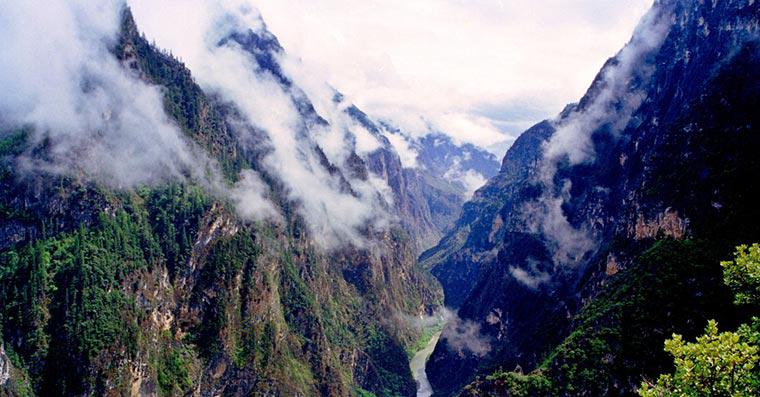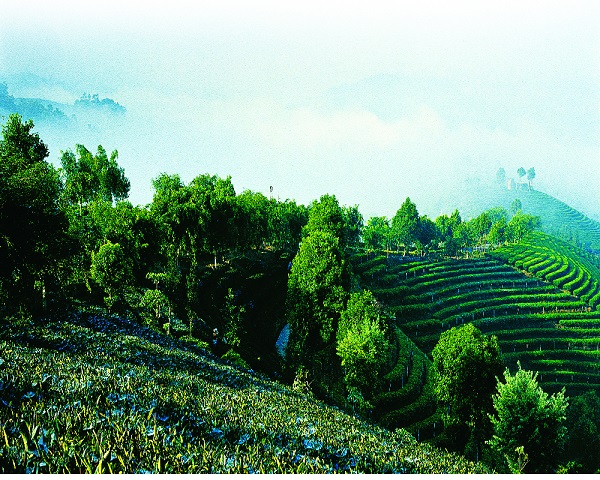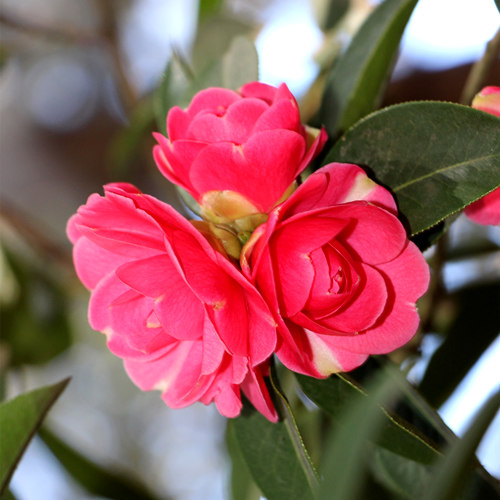
Detailed Introduction to Dali City of Dali Prefecture
Overview
Dali City covers 1,738.63 km² and sits at an average elevation of 1,975 m. As of 2021, its total population was 771,128, yielding a density of about 443 people/km²
The municipal seat is at Haidong in Xiaguan (下关), often called “Dali New Town,” while Dali Town (大理古城), 10 km to the north, is known as “Dali Old Town.”
Geography & Climate
Location: ~250 km northwest of Kunming, in the transition between the Hengduan Ranges (Tibetan Plateau edge) and the Yungui Plateau.
Landscape: Encircles Erhai Lake (250 km²), with the Cang Mountains to the west and Mount Jizu to the east
Climate: Subtropical highland (Köppen Cwb) with mild, dry winters (frost possible) and warm, rainy summers. Average annual temperature ≈ 16.5 °C; most rain falls June–October
Administrative Divisions
Dali City administers 3 subdistricts, 9 towns (including Xiaguan, Dali Town, Xizhou, Shuanglang) and 1 Yi ethnic township (Taiyi)
History
Nanzhao Kingdom (779–902) and Kingdom of Dali (937–1253) both had their capitals here, originally called “Xiemie.”
Conquered and rebuilt under the Ming (late 14th c.); center of the Panthay (Hui Muslim) Rebellion (1856–1863) and severely damaged by a major earthquake in 1925.
Modern rail and air links have turned Dali—especially the Old Town—into one of China’s official tourist cities
Population & Ethnic Composition
Traditionally settled by the Bai and Yi, Dali City today also includes Han, Hui, Hani, Lisu, and other minorities, with Bai culture predominant in the Old Town area
Economy
Tourism & Services now dominate, centered on Dali Old Town, Erhai Lake, Cangshan cable car, and ethnic festivals.
Historically famed for “Dali stone” (marble)—modern Chinese word for marble is 大理石—and for high-quality tea (notably around Xizhou)
Culture & Festivals
Third Month Fair (Sanyue Jie): A revival of the ancient Bai and Yi spring festival held in March, featuring folk markets, parades, and boat races on Erhai.
Traditional Bai architecture in Xizhou and the Three Pagodas complex showcase distinctive white-washed walls, carved wood, and tiled roofs
Key Attractions
Erhai Lake: Second-largest highland lake in China (250 km²), with cycling paths, island temples (Guanyin, Jinsuo, Nanzhao Folklore, Xiaoputuo) and cormorant fishing shows
Dali Old Town: Historic walled settlement at the foot of Cangshan, renowned for Bai courtyards, alleyway teahouses, and vibrant nightlife
Three Pagodas of Chongsheng Temple: Three historic towers (8th–9th c.) set against the Cangshan range, among China’s tallest ancient pagodas
Cangshan Mountain: Scenic cable-car access, hiking trails, waterfalls, and prime viewpoints over Erhai.
Transportation
Air: Dali Fengyi Airport (DLU), 13 km east of Xiaguan, with flights to Kunming, major Chinese cities, and regional hubs
Road & Rail: National Highway 214 links Dali to Kunming and Pu’er; Yuxi–Mohan high-speed rail (under construction) will cut Kunming travel to ≈ 3 hrs.
Local: Buses, taxis, bike rentals, and boat shuttles on Erhai connect Xiaguan, the Old Town, and lakeside towns (Shuanglang, Xizhou).
Education & Research
Dali University (formerly Dali Normal University) in Xiaguan offers programs in ethnic studies, ecology, tourism, and the arts.
Tropical Crops Research Institute and local botanical stations study highland agriculture and lake ecology.
Conclusion
Dali City blends millennia-old Bai and Yi heritage, dramatic natural scenery, and modern tourism infrastructure. From the mirror-like waters of Erhai and the ancient Three Pagodas to the vibrant alleys of the Old Town and up-and-coming New Town at Xiaguan, Dali remains one of China’s most enchanting destinations.



